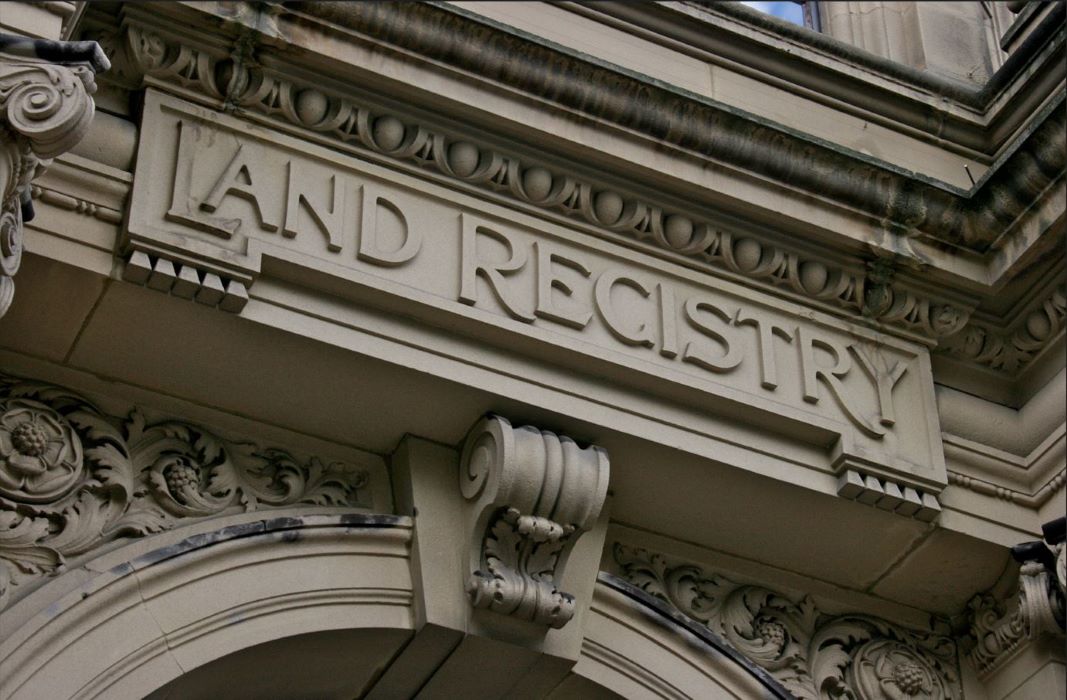Understanding the Ontario Land Registry Office: Protecting Your Property Rights

As a homeowner, it is important that you understand the Land Registry Office (LRO) and how it works to safeguard your property and the rights to your land.
What is the Land Registry Office (LRO)?
The Land Registry Office is the official record keeper of all private property ownership in the province of Ontario. With 55 offices across Ontario, they are managed by the provincial government and play a critical role in protecting property ownership. When you purchase property, registering it with the LRO is not just a formality—it's a necessity.
Why Registering Your Property is Essential
The LRO plays a significant role in protecting the ownership of your property as they hold the official records for specific parcels of land, these include:
- Title Information: The legal documentation proving ownership.
- The Deed: The document that officially transfers ownership of property.
- The Mortgage: If applicable, details about the property’s mortgage.
Typically, your lawyer handles the registration of these documents on your behalf following a property transaction. Once your property documents are filed at an LRO, your property status becomes “Registered.” This registration is your best defense against any claims by others on your property. Without it, you could face legal battles, potentially costing thousands in fees, or even the loss of your property.
Can I Access Property Records at The Land Registry Offices?
Documents filed at the LRO are accessible to the public for a fee. Anyone can trace the history of land ownership back to when the land was first recorded—sometimes as far as 200 years ago. This accessibility confirms land ownership through the years and can be invaluable for historical research or resolving ownership disputes.
Does the Land Registry Office have a Copy of my Survey Plan?
It is important to note that land surveys are protected by copyright laws, meaning that a legal land survey belongs to the surveyor who completed the work. The LRO may have a copy of the registered plan (or subdivision plan) that was used to subdivide the land in the development process. A registered plan will show you lot dimensions, but typically they will not show structures or specific features of your property.
If you require a copy of your land survey plan, you can search our database at Protect Your Boundaries or explore our website for a complete list of products available for your property.












